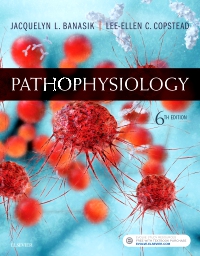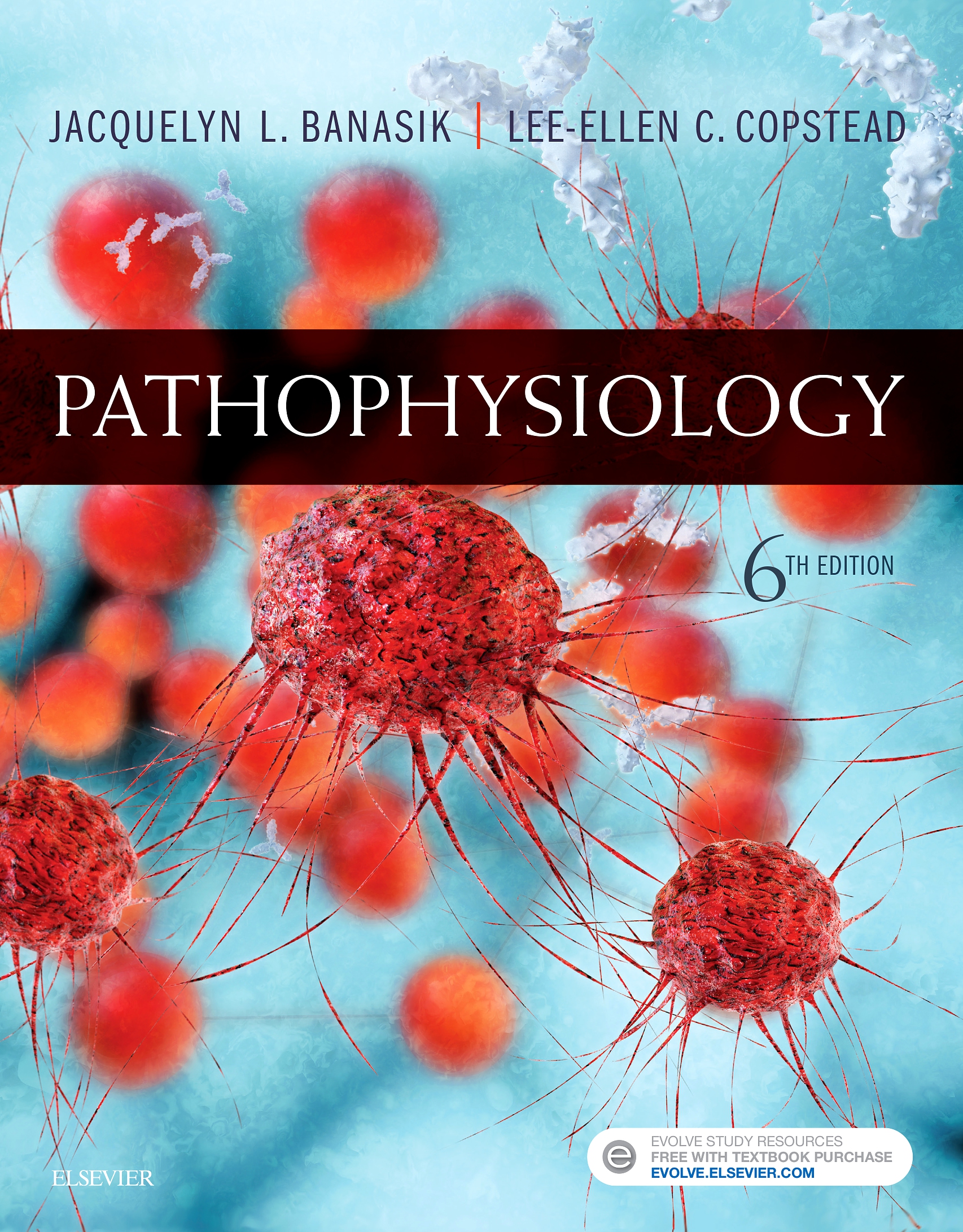
Pathophysiology - Elsevier eBook on VitalSource, 6th Edition
Elsevier eBook on VitalSource

Now $109.24
Develop a strong understanding of pathophysiology. Pathophysiology, 6th Edition explores the etiology, pathogenesis, clinical manifestations, and treatment of diseases and disorders. Each section focuses on the major alterations in the homeostasis of the body systems in order to provide you with a unifying framework. Current scientific findings and relevant global research are integrated throughout the book, with chapters organized by body system, beginning with an illustrated review of anatomy and normal physiology. Each chapter includes a discussion on the disease processes and abnormalities that may occur, with a focus on the pathophysiologic concepts involved. Written by leading educators, this text simplifies a rigorous subject with practical learning resources, an emphasis on critical thinking, and coverage of the latest scientific findings and relevant research. Plus, more than 1,000 updated, full color illustrations and photos throughout, give you a chance to visualize disease and disease processes and gain a clearer understanding of the material.
Newer Edition Available
-
- Easy-to-read style is simplified by input from readability experts, and includes many tables, boxes, and figures to highlight key content.
- Student-friendly learning resources in the text include chapter outlines, bolded key terms, key questions, Key Points boxes, and chapter summaries.
- Pediatric and Geriatric Considerations boxes include brief analyses of age-related changes associated with specific body systems.
- A comprehensive glossary defines terms and includes audio pronunciations on the Evolve companion website.
-
- NEW! Global Health Care boxes inform you about global healthcare concerns such as HIV/AIDS, Ebola, Tropical Diseases and more. Includes prevalence, mechanism of disease and transmission.
- NEW! Over 1,000 illustrations help clarify complex pathophysiological concepts and make the book visually appealing
- NEW! Thorough chapter updates include the latest information on new treatment advances, 100 new figures for improved clarity, and much more throughout the text.
-
Unit I: Pathophysiologic Processes
1. Introduction to Pathophysiology
2. Homeostasis and Adaptive Responses to Stressors
Unit II: Cellular Function
3. Cell Structure and Function
4. Cell Injury, Aging, and Death
5. Genome Structure, Regulation, and Tissue Differentiation
6. Genetic and Developmental Disorders
7. Neoplasia
Unit III: Defense
8. Infectious Processes
9. Inflammation and Immunity
10. Alterations in Immune Function
11. Malignant Disorders of White Blood Cells
12. HIV Disease and AIDS
Unit IV: Oxygen Transport, Blood Coagulation, Blood Flow, and Blood Pressure
13. Alterations in Oxygen Transport
14. Alterations in Homeostasis and Blood Coagulation
15. Alterations in Blood Flow
16. Alterations in Blood Pressure
Unit V: Cardiac Function
17. Cardiac Function
18. Alterations in Cardiac Function
19. Heart Failure and Dysrhythmias: Common Sequelae of Cardiac Diseases
20. Shock
Unit VI: Respiratory Function
21. Respiratory Function and Alterations in Gas Exchange
22. Obstructive Pulmonary Disorders
23. Restrictive Pulmonary Disorders
Unit VII: Fluid, Electrolyte, and Acid-Base Homeostasis
24. Fluid and Electrolyte Homeostasis and Imbalances
25. Acid-Base Homeostasis and Imbalances
Unit VIII: Renal and Bladder Function
26. Renal Function
27. Intrarenal Disorders
28. Acute Kidney Injury and Chronic Kidney Disease
29. Disorders of the Lower Urinary Tract
Unit IX: Genital and Reproductive Function
30. Male Genital and Reproductive Function
31. Alterations in Male Genital and Reproductive Function
32. Female Genital and Reproductive Function
33. Alterations in Female Genital and Reproductive Function
34. Sexually Transmitted Infections
Unit X: Gastrointestinal Function
35. Gastrointestinal Function
36. Gastrointestinal Disorders
37. Alterations in Function of the Gallbladder and Exocrine Pancreas
38. Liver Diseases
Unit XI: Endocrine Function, Metabolism, and Nutrition
39. Endocrine Physiology and Mechanisms of Hypothalamic-Pituitary Regulation
40. Disorders of Endocrine Function
41. Diabetes Mellitus
42. Alterations in Metabolism and Nutrition
Unit XII: Neural Function
43. Structure and Function of the Nervous System
44. Acute Disorders of Brain Function
45. Chronic Disorders of Neurologic Function
46. Alterations in Special Sensory Function
47. Pain
Unit XIII: Neuropsychological Function
48. Neurobiology of Psychotic Illnesses49. Neurobiology of Nonpsychotic Illnesses
Unit XIV: Musculoskeletal Support and Movement
50. Structure and Function of the Musculoskeletal System
51. Alterations in Musculoskeletal Function: Trauma, Infection, and Disease
52. Alterations in Musculoskeletal Function: Rheumatic Disorders
Unit XV: Integumentary System
53. Alterations in the Integumentary System
54. Burn Injuries
Appendix: Clinical and Laboratory Values




 as described in our
as described in our 